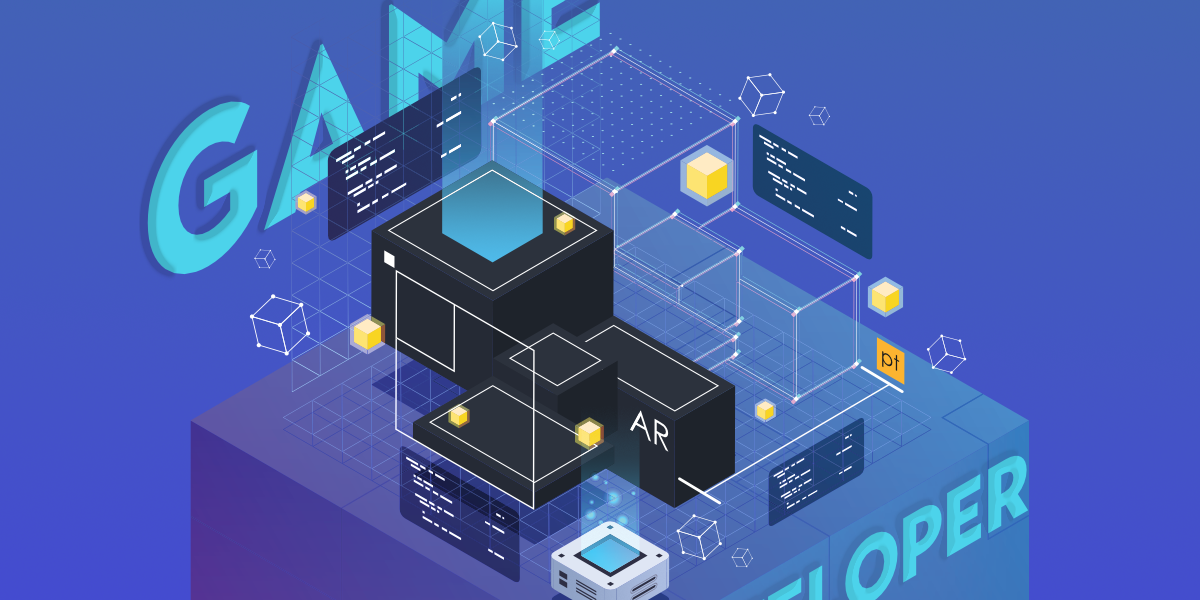
Game Development Tools: Empowering Indie Developers in the Digital Age
In the digital age, game development has become more accessible than ever before, thanks to a plethora of powerful and user-friendly tools. Independent developers, often referred to as indie developers, are now empowered to create innovative and engaging games without the need for a large team or significant financial resources. Here, we delve into the game development tools that have revolutionized the indie game development scene, enabling creative minds to bring their visions to life.
- Game Engines: Game engines like Unity and Unreal Engine have democratized game development. They provide a robust framework, complete with rendering engines, physics simulations, and scripting interfaces, allowing developers to focus on creativity rather than building engines from scratch.
- Integrated Development Environments (IDEs): IDEs such as Visual Studio and JetBrains Rider offer powerful code editing, debugging, and profiling tools tailored for game development. These environments enhance productivity, enabling developers to write efficient and optimized code.

- Graphic Design Software: Tools like Adobe Photoshop, Illustrator, and Blender are essential for creating game assets. Whether it’s character designs, textures, or 3D models, graphic design software allows developers to craft visually stunning worlds and characters.
- Sound Design Software: Sound plays a vital role in game immersion. Software like Audacity and Adobe Audition enables developers to create and edit sound effects, background music, and voiceovers, enhancing the auditory experience for players.
- Version Control Systems: Version control systems like Git and platforms like GitHub are crucial for collaborative game development. They allow multiple developers to work on the same project simultaneously, keeping track of changes, resolving conflicts, and ensuring project integrity.
- Level Design Tools: Tools like Tiled and Hammer Editor provide level designers with intuitive interfaces to create intricate game levels. These tools simplify the process of placing assets, defining gameplay mechanics, and testing level designs.
- Physics Engines: Physics engines like NVIDIA PhysX and Bullet Physics enable realistic simulations of physics-based interactions within games. These engines handle complex calculations related to collisions, gravity, and object dynamics, adding realism to gameplay.
- UI/UX Design Tools: User interface and user experience design tools such as Adobe XD and Figma help developers create intuitive and visually appealing menus, HUDs, and interactive elements within games. A seamless user experience is vital for player engagement.
- Localization Tools: For developers aiming to reach a global audience, localization tools assist in translating game content into multiple languages. These tools streamline the localization process, ensuring accurate translations and cultural adaptations.
- Marketplace Platforms: Platforms like Steam, Epic Games Store, and itch.io provide indie developers with marketplaces to publish and sell their games. These platforms offer access to a massive player base and various marketing tools, helping indie games reach a wider audience.
The availability of these diverse and powerful tools has leveled the playing field in the game development industry. Indie developers, armed with creativity and passion, can now create games that captivate audiences worldwide. As technology continues to advance, the future of indie game development holds the promise of even more innovative and groundbreaking titles, driven by the limitless possibilities of modern game development tools.



